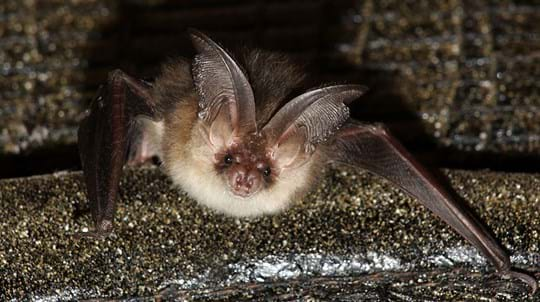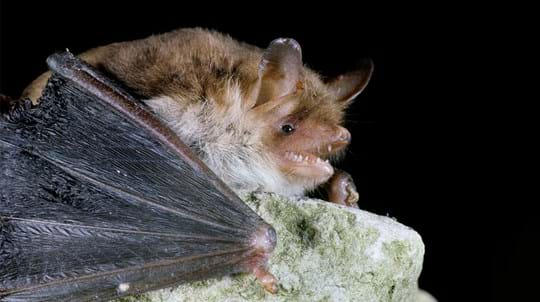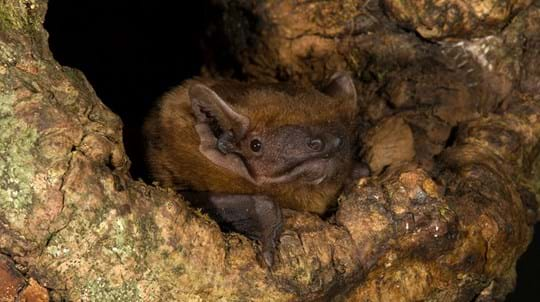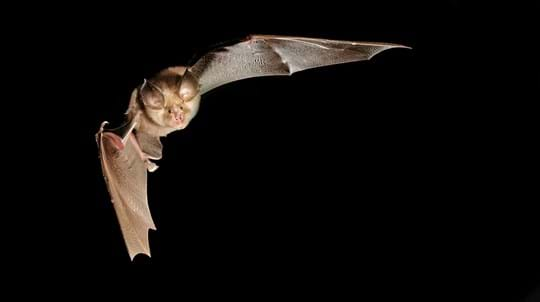
Credit: Arco Images / Alamy Stock Photo
What do Bechstein’s bats eat?
Like all bats, Bechstein’s bat is nocturnal. It hunts by listening for flying insects passing by and attacks them. It has a diet of invertebrates, but favours moths – many of which are also associated with woodland.














